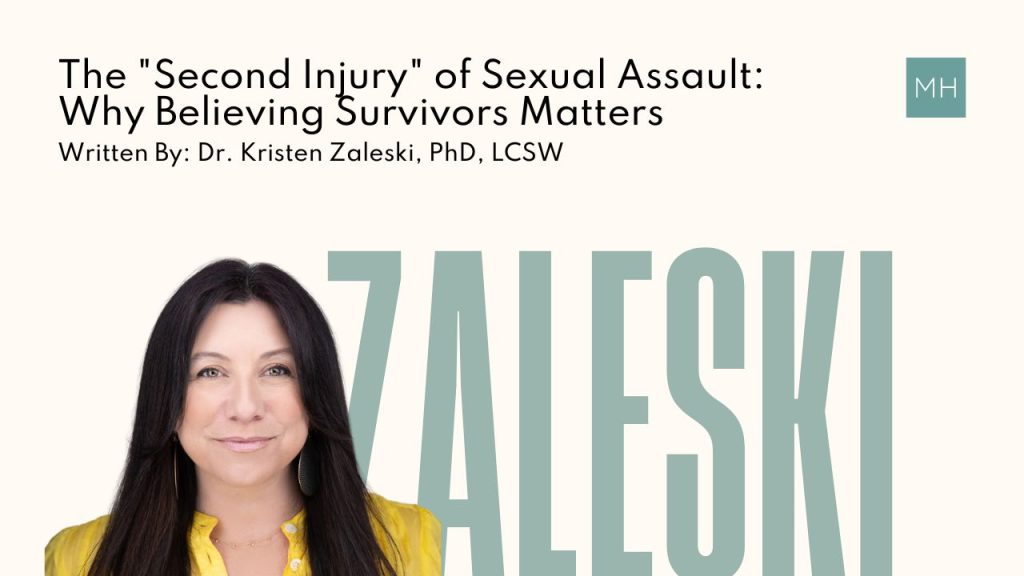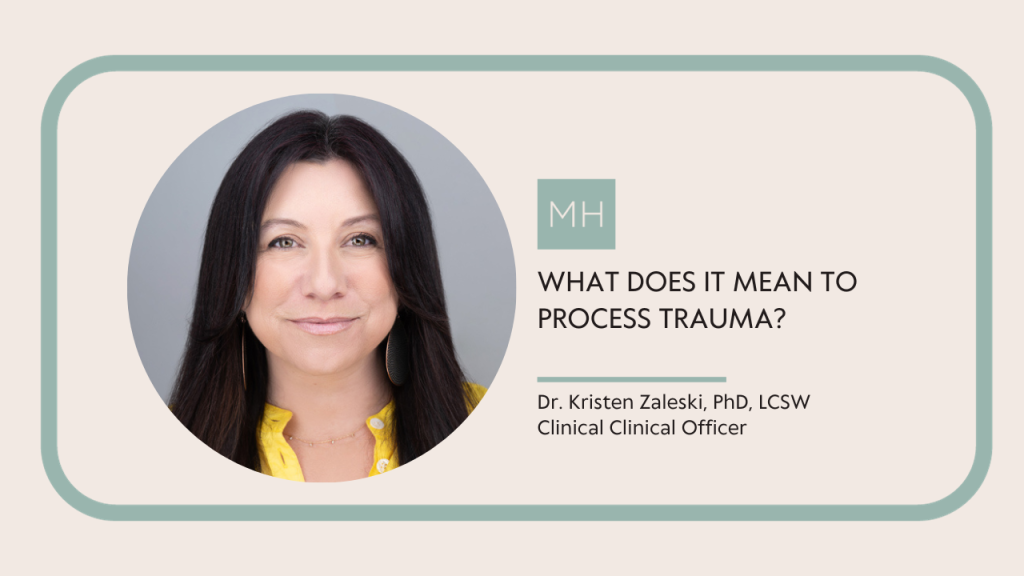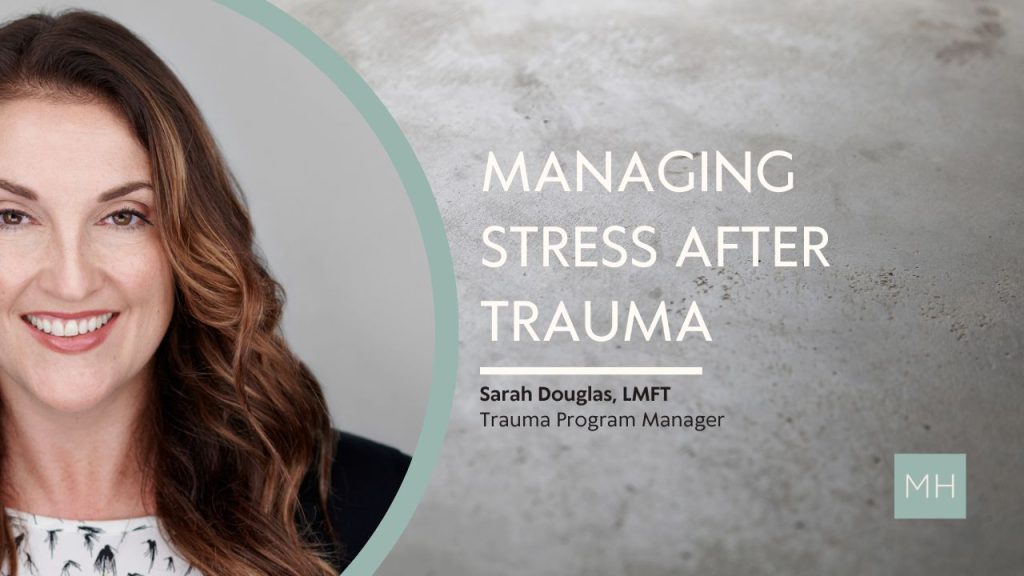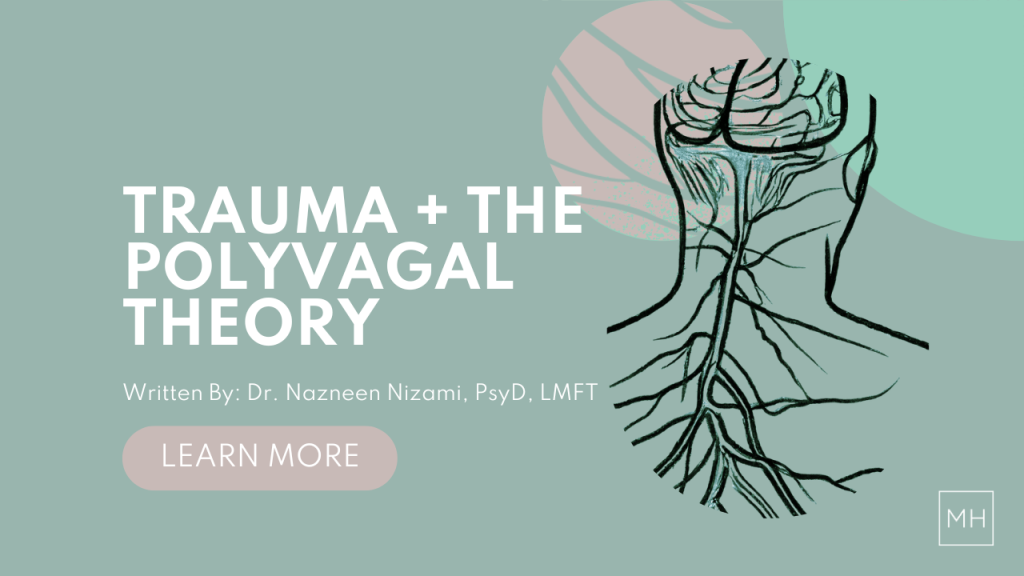WHY BELIEVING SURVIVORS MATTERS
WHAT IS THE SECOND INJURY?
- Authorities dismissing a report or blaming the survivor
- Friends or family members questioning the survivor’s behavior
- Institutions protecting perpetrators instead of supporting survivors
- Therapists minimizing the impact of the experience
SECONDARY VICTIMIZATION
SEXUAL ASSAULT HEALING PROCESS
In trauma therapy, one of the most important things we explore is how survivors found ways to protect themselves and seek safety after the sexual trauma. This process is crucial for healing. But when a survivor moves through a world where their truth is doubted, minimized, or disregarded, it can prolong the feeling of unsafety. Over time, this can cause an acute stress response to harden into chronic PTSD.
This experience of the “second injury” is itself a significant wound. Healing it takes time, compassion, and the right support. Modalities like EMDR, somatic therapies such as Sensorimotor Psychotherapy and Somatic Experiencing, and carefully attuned narrative therapies can offer powerful pathways to work through the trauma of both the assault and the betrayal that followed.
Recovery begins not just with processing what happened, but with restoring the survivor’s ability to feel safe, connected, and fully believed.
DO YOU HAVE A QUESTION?
Send our team a message or call 888.717.9355




